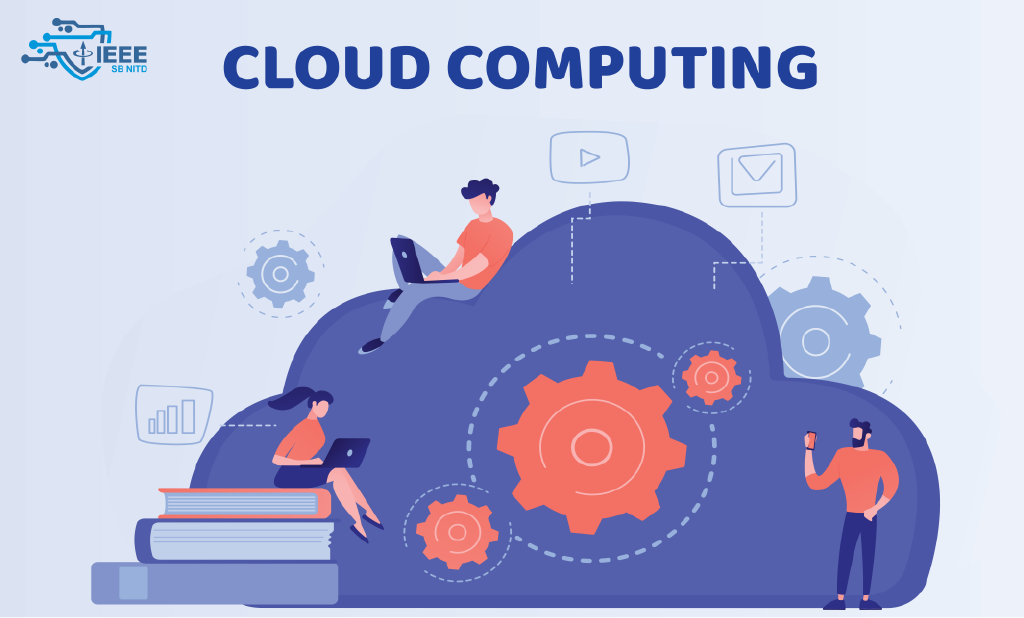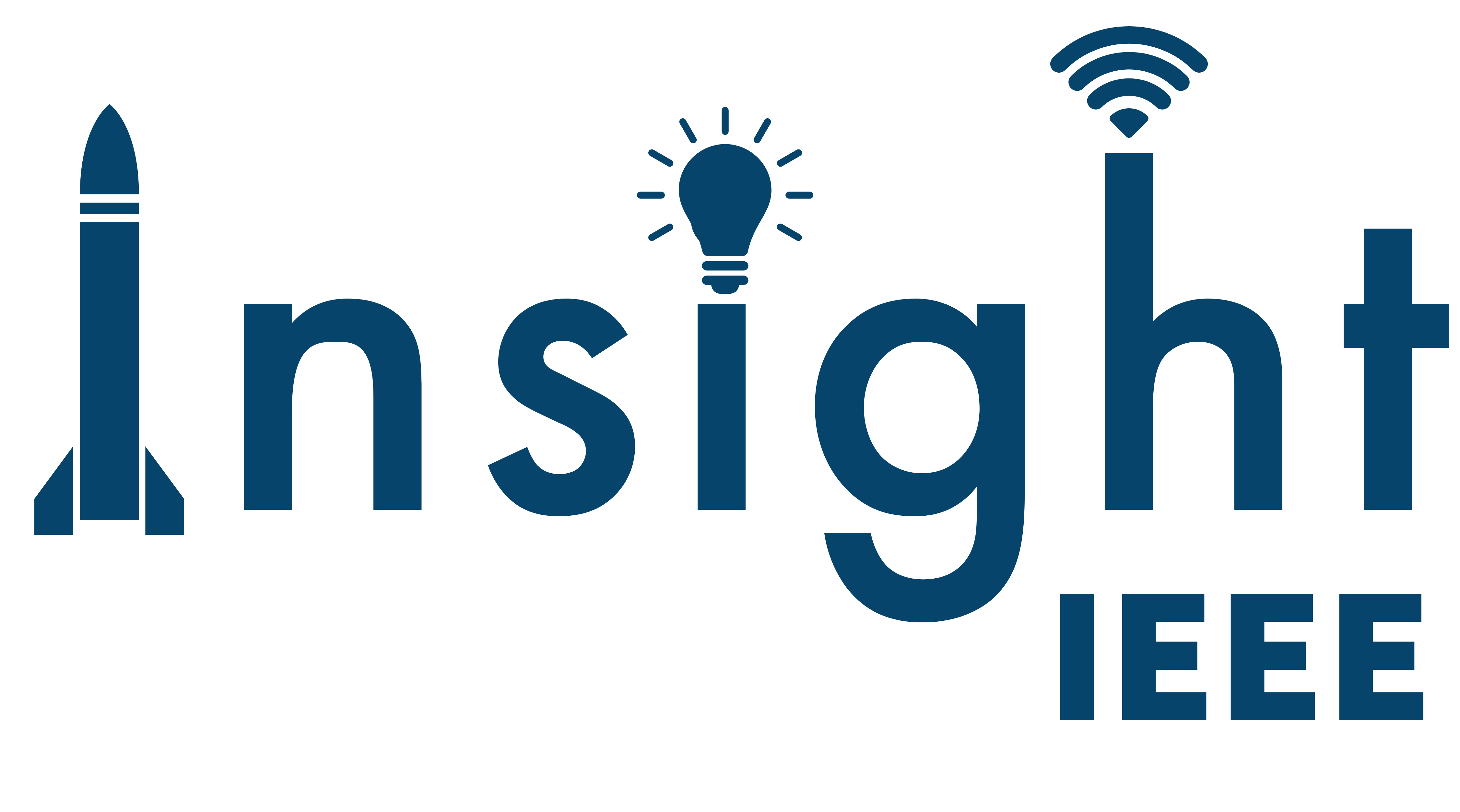Cloud Computing

In this modern and rapidly advancing digital world, cloud computing has become a necessity not only for businesses but also for individuals living in this interconnected world due to exponentially increasing data and the need to manage and secure it. You are probably using the cloud daily without even realising it. It would be hard to imagine the world without cloud computing. But wait, what is cloud and cloud computing anyway?
Cloud and cloud computing

“Cloud” is a term that is used to refer to servers that are accessed over the Internet, and the software and databases that run on those servers. Anything that is not stored on your computer but is accessible over the internet is said to be stored in the cloud.
“Cloud computing” is the on-demand availability of different services on the internet for performing operations such as storing, managing and processing data on common storage that can be accessed from anywhere rather than one particular system. Instead of being stored directly on your device, cloud-based data is stored on servers owned by companies such as Amazon, Google and Microsoft and is made available to you via the internet.

How does cloud computing work?
Cloud computing works by allowing client devices to access data and services over the internet, from remote servers, databases and computers. An internet network connection links the front end, which includes the accessing client device, browser, network and cloud software applications, with the back end, which consists of databases, servers and computers. The back end functions as a repository that is used for storing data that is accessed by the front end.
Communication between the front end and back end is managed by a central server. The central server can facilitate the exchange of data by relying on certain protocols. The central server manages connectivity between different client devices and cloud servers by using both middleware and software.

A Google data center
Types of cloud computing
-
Infrastructure as a Service (IaaS): Iaas provides the facility of computer system resources such as storage, networking and computing power. The consumer does not control the underlying infrastructure but has control over the deployed application.
-
Platform as a Service (PaaS): PaaS provides a development environment where users can develop their custom applications and software. Some PaaS allows user to deploy their application without thinking about system resources or storage as they scale automatically according to the need of the application.
-
Software as a Service (SaaS): SaaS provides fully functional software hosted over cloud infrastructure on a subscription basis. This eliminates the need to install software on the computer of the user to use it.

Cloud computing deployment models
-
Private cloud: In this model, services are delivered from a business’s data centre to internal users. The organisation builds and maintains its underlying cloud infrastructure.
-
Public cloud: In this model, a third-party cloud service provider delivers the cloud service over the internet. Cloud services are sold on demand.
-
Hybrid cloud: It is a combination of public and private cloud services with automation and orchestration between the two. Companies can run mission-critical workloads or sensitive applications on the private cloud and use the public cloud when demand increases.
Advantages of cloud computing

- Less cost: These services do not require capital expenditure and the customer has to pay according to the resources used.
- Availability: Most of the cloud service providers maintain an uptime of 99.9% which make them reliable.
- Security: Cloud computing provides great security to the stored data from cyber-attacks than storage on a personal device.
- Prevents data loss: Data in the cloud is mirrored multiple times at different sites instead of concentrating it at a single location so that if data at one place get lost due to some reasons, it would be available at another place.
- Mobility: By storing data on the cloud, users can access data from any device via the internet. This means the user does not have to carry data around in flash drives or CDs instead they can access their data from anywhere.
- Enhanced collaboration: Cloud applications enhance collaboration by allowing multiple people to work on documents hosted in the cloud in real-time.
Is cloud computing truly a future technology?

Cloud computing has become a fundamental requirement for most companies and organizations. It became a phenomenon in the early 2000s. However, due to the lack of awareness about the potential of technology, many companies hesitated to adopt it for their products and processes. The rapid adoption of the cloud in recent years is mainly due to the understanding of “ease of use and scalability” of the technology.
As organizations expand their understanding of the enormous benefits that cloud computing offers, they are now more willing to conduct workload tests on cloud and even migrate entire applications to the cloud.
As cloud computing makes its way into the enterprise world, stakeholders are looking forward to its evolution. Almost every groundbreaking technology such as artificial intelligence, AR/VR, blockchain and IoT rely on cloud computing technology.
References:
- https://www.cloudflare.com/en-in/learning/cloud/what-is-the-cloud/
- https://bloncampus.thehindubusinessline.com/engineering/why-cloud-computing-will-be-technology-of-the-future/article34791428.ece
- https://searchcloudcomputing.techtarget.com/definition/cloud-computing
- https://www.snhu.edu/about-us/newsroom/2021/06/what-is-cloud-computing
- https://www.idexcel.com/blog/top-10-advantages-of-cloud-computing/
- https://learn.g2.com/future-of-cloud-computing
- https://blog.google/inside-google/infrastructure/how-data-center-security-works/
- https://www.stackscale.com/blog/cloud-service-models/
Note : Utmost care has been taken to credit the original authors/sources and to make these as apt as possible.


 Never miss a story, subscribe to our newsletter
Never miss a story, subscribe to our newsletter